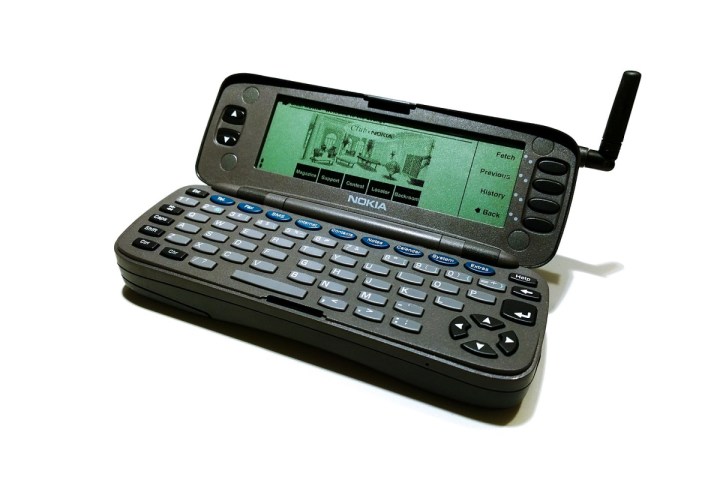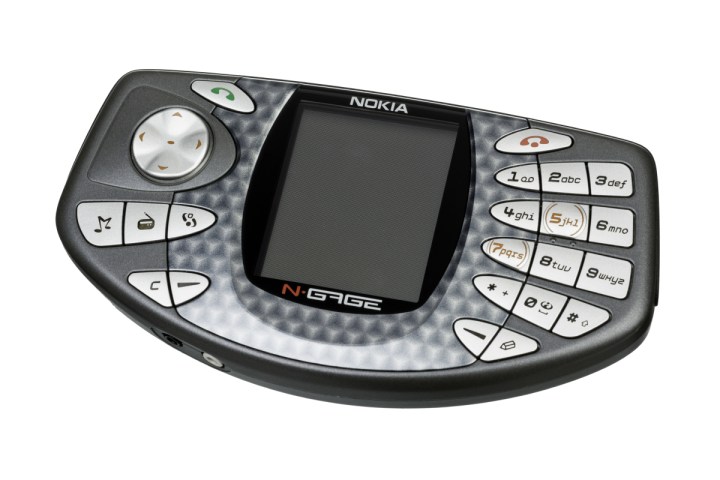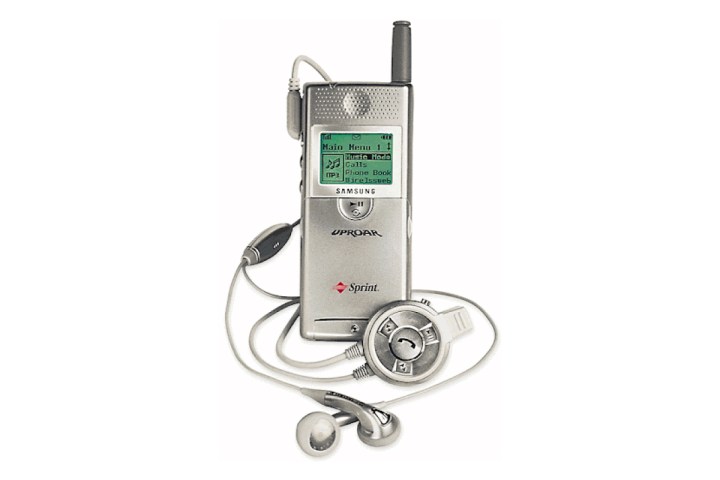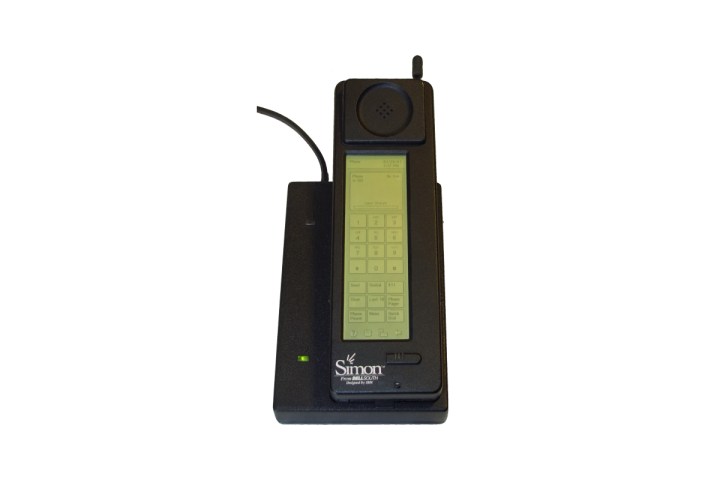In the history of mobile telephony there are devices noted before and after when introduce innovative features that we now consider standard. From built-in cameras to touch screens, these cell phones were pioneers in the evolution of mobile phones. Here we’ve rounded up five such devices that have forever changed the way we interact with our phones.
Kyocera Visual Phone VP-210
The first cell phone with a built-in camera
The Sharp J-SH04, released in Japan at the end of 2000, is considered the first camera phone. However, such documentation is erroneous because the Kyocera VP-210 VisualPhone was the first cell phone with a built-in camera. Released in May 1999 in Japan, this innovative device allowed users to capture images directly from their phone, opening up new possibilities for visual communication.
Although the camera’s resolution was quite modest by today’s standards, only 110,000 pixels (0.11 megapixels), allowing for black-and-white images, its introduction laid the foundation for the evolution of mobile photography. The Kyocera VP-210 paved the way for the development of future devices with advanced imaging capabilities, forever changing the way we capture and share moments with our phones.
Nokia 9000 Communicator
First cell phone with internet/browser

The Nokia 9000 communicator marked an important milestone in the history of mobile phones, as it was the first to combine the Internet with a basic web browser.
This revolutionary device, released in 1996, combined the functions of a mobile phone and a laptop, allowing users to send email, browse the web and access online services. Although browsing speed was limited and the monochrome screen offered a basic experience, the Nokia 9000 Communicator laid the foundation for the future convergence of mobile telephony and Internet connectivity.
The introduction of the Nokia 9000 communicator opened up a new world of possibilities for users, offering access to online information and instant communication from the palm of their hand. While we take these features of our smartphones for granted today, the Nokia 9000 was a revolutionary advancement that changed the way we connect to the digital world.
Nokia N-Gage
The first cell phone with multimedia games

Nokia N-Gage, released in 2003, pioneered the integration of multimedia games on mobile devices, marking a milestone in the convergence of telephony and entertainment. With an innovative design that allowed it to be held on its side and played like a handheld console, the N-Gage offered a gaming experience unlike any other at the time. In addition to the functionality of a phone, this revolutionary device offered a wide range of games that took full advantage of its multimedia capabilities, from classic games to more modern gaming capabilities.
Although the Nokia N-Gage received some criticism for its unconventional design and initial selection of games, its legacy lives on as one of the first devices to demonstrate the potential of mobile phones as gaming platforms. Its influence can be seen in the evolution of modern smartphones, which today offer users a wide variety of games and multimedia applications.
Samsung SPH-M100 Noise
The first cell phone to play music

Released in 2000, the Samsung SPH-M100 Uproar was the first cell phone with built-in music playback capabilities. Equipped with a built-in music player that supports MP3 files and a compact design, Uproar SPH-M100 allows users to take their favorite music with them wherever they go without having to carry additional music playing devices.
Although the storage capacity and sound quality of the Samsung SPH-M100 Uproar were limited compared to today’s standards, its introduction laid the foundation for the evolution of music playback on mobile devices. This innovative device paved the way for future smartphones, which now offer a wide range of music playback features, from streaming services to high-quality built-in music players.
IBM Simon Personal Communicator
First cell phone with touch screen

IBM’s Simon Personal Communicator, released in 1994, was a milestone in the history of mobile telephony as it was the first touchscreen device. While it was not a fully touchscreen device like today, it did have a screen that allowed users to intuitively perform certain interactions with the phone through touch.
This cell phone is also considered the predecessor of smartphones. Although it was not a smartphone in the modern sense, the Simon offered advanced capabilities for its time, including the ability to send email, fax, and make phone calls.
Despite its limitations, Simon laid the foundation for the development of future touchscreen mobile devices, ushering in an era of innovation in the mobile phone industry.
Source: Digital Trends












